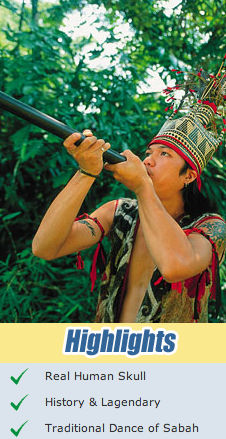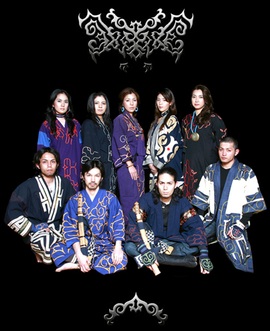A few days ago, Pakistani anthropologist Samar Minallah lauched a “video song”, a tribute to little girls in all the regions of Afghanistan and Pakistan where schools are being destroyed, depriving girls of their right to education, The News reports.
The song ‘Allaho: A Lullaby for You, My Daughter’ (both in Dari and Pashto) is one of the first lullabies that have been dedicated to girls according to the news report. Traditionally lullabies are made for sons alone. The new song is “a welcome break from the traditional practice”:
The production and launch of the song has acquired an added significance in that hundreds of schools have been burnt down in recent months both in Pakistan and Afghanistan by those who are not ready to allow girl education despite the fact that women constitute almost half of the population of both the neighbouring countries.
(…)
One of the verses in Pashto is: ‘Ookhiyaara sha taleem oka; Da tol jahan tazeem oka; Da khalqo khidmatgaara sha; Har kaar pa lowar tasleem oka’ If translated into English, it means: ‘Become clever and educated; Respect and serve mankind; Ready for the challenges of life; Learning makes the journey of life easy.’
Samar Minallah is a Pukhtun (Pashtun / Pashto) from the North-West Frontier Province who has done her MPhil in Anthropology and Development at the University of Cambridge. She heads Ethnomedia, an organisation in Islamabad that works in the field of media and communications for a social change. She is the winner of Perdita Huston Human Rights Activist Award 2007 for effectively using electronic media to highlight the lives of women in Pakistan.
UPDATE (via pukhtunwomen.org) The video is now availabe on youtube:
Samar Minallah has produced lots of documentaries, among others ‘Swara — A Bridge Over Troubled Waters’. ‘Swara’ is the name of a practice where minor girls are given away as compensation to end disputes between different families. Even swara killings occur. Although officially outlawed in Pakistan, the custom prevails.
In the documentary a “tribal leader” says about one of the swara girls:
“She is the prize of my son’s death and will be treated accordingly, I’ll taunt and humiliate her for she’s the price paid for my son’s death. She’s not part of the family and cannot partake in any rituals or festivities.”
The anthropologist comments:
“Swara is a part of the Pukhtun culture, we are always told it is a noble sacrifice or that the girl is an ambassador of peace. Sadly though, throughout my research, it is clear that the girl that is given away in the name of Swara has very little chances of leading a good life. A custom that so heartlessly forces a girl to suffer for the rest of her life is completely against basic human rights”
The film can be watched online in full length. At first I only found a six minutes introduction and I was not sure if I liked it as it seemed to be a bit essentializing. But in an interesting interview with Damon Lynch, she is more nuanced:
Samar points out that culture is never static. What is seen as a fixed cultural tradition today may have developed over time from an honorable tradition into a profoundly negative one. For instance, a current “traditional” method of dispute resolution involves the payment of a girl to a family that has been wronged. (…)
Historically, Samar believes this tradition involved a girl from one family or village going to another family or village, and returning with gifts, signifying the respect of one family or village for the women of the other. However this practice decayed until it reached its present form. Samar is challenging this practice of dispute resolution in the Supreme Court, hoping to have it declared illegal. (…)
Samar believes that aspects of Pukhtunwali–the ancient code of Pukhtun honor and custom–are good, even as there are other areas in need of reform.
As part of her work, Minallah even produced a talk show for a Pashto television channel, which she hosted. And she persuaded truck and rickshaw owners to paint slogans against Swara, such as “Giving away little girls as compensation is not only inhuman but also un-Islamic” on their vehicles.
She has been present in Pakistani media many times also related to other issues like Da Bajaur Guloona — Homeless at Home. Highlighting the plight of the displaced and Minallah brings out hidden colours of NWFP (North-West Frontier Province)
SEE ALSO:
“Anthropology needs to engage in an activist way”
Thesis: The limits of youth activism in Afghanistan
John Postill on media anthropology and internet activism in Malaysia
Do anthropologists have anything relevant to say about human rights?
Chronicles Women’s Social Movements in India
Thesis: How Indian women fight the stigma of divorce
5.11.2022: Some links updated, links to her site ethnomedia.pk removed as the site has been hacked

A few days ago, Pakistani anthropologist Samar Minallah lauched a "video song", a tribute to little girls in all the regions of Afghanistan and Pakistan where schools are being destroyed, depriving girls of their right to education, The News reports.…





